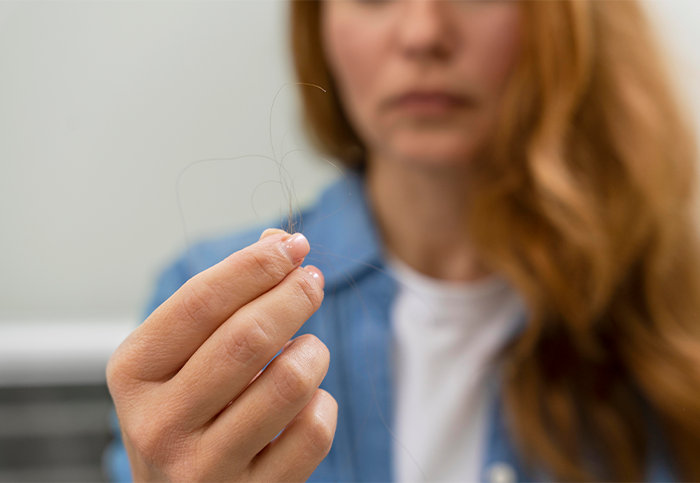Top 10 Healthy Foods for People with Diabetes
If you have diabetes, you understand how difficult it can be to manage your diet and blood sugar levels. Certain foods cause massive blood sugar spikes while others lower them, but many go through years of trial before exploring what works best for them.

Fortunately, years of scientific research have discovered which foods are more advantageous for people with diabetes than others. This article will manifest the top ten foods for diabetes management and blood sugar control.
Best Foods for Diabetic Patients
We are what we eat. Diabetes is a lifestyle-related disease, and adopting healthy dietary habits will significantly contribute to the management of diabetes. The list of these foods mentioned below is helpful in the management of high blood sugar levels.
1. Whole Grains
Complex carbohydrates, whole wheat flour, whole-wheat bread, multigrain, oatmeal, barley, and sweet potatoes contain a good amount of fiber and don’t cause abrupt spikes of glucose levels in the blood. Additionally, they take more time for metabolism and gradually produce glucose molecules for energy, causing a slow rise of glucose levels in the blood.
2. Non-Starchy Vegetables
Beans, beets, broccoli, cabbage, cauliflower, cucumber, eggplant, turnip, okra, onions, peppers, radishes, and tomatoes are some examples of non-starchy vegetables which are the best for people with diabetes. These non-starchy vegetables contain a lesser amount of carbohydrates than starchy vegetables and have a low glycemic index. Due to this, they are advantageous in controlling blood glucose levels in the body.
3. Green Leafy Vegetables
Leafy green vegetables are rich in vitamins and minerals and have low calories, which is why they are highly beneficial for diabetic patients. Depending upon the consumer's choice, they can be taken as a salad.
4. Beans
Beans are packed with vitamins and minerals, magnesium, fiber, protein, and low amount of carbohydrates, and therefore are good for diabetic patients.
5. Garlic
Garlic is the commonly used household herb in Pakistan which has multiple benefits. The garlic’s active ingredient is allicin, which has potent anti-inflammatory, immune-boosting, and anti-bacterial properties.

Traditionally, it has been used to lower blood pressure and high cholesterol levels. But recent research has discovered that it can also be used in controlling high blood sugar levels. You can take its raw form, almost two cloves a day, or consume it in a supplemental form.
6. Bitter Melon
Bitter melon, commonly called bitter guard, has the sweetest benefit of controlling high blood sugar levels. It has three main bioactive ingredients named; Charantin, Vicine, and Polypeptide-p. Among these, Polypeptide-p mimics the action of insulin and helps regulate blood sugar levels naturally.

7. Moringa
Moringa is a superfood dense with bioactive compounds; quercetin, chlorogenic acid, and many more. These active compounds have anti-inflammatory and anti-diabetic properties and help reduce high blood pressure. In addition, they also act as strong antioxidants to reduce oxidative stress in the body. Diabetic patients can take moringa as cooked food or as a food supplement.
8. Kachnaar
Kachnar, also known as Bauhinia variegata, is a nutritious, edible herbaceous plant found in sub-mountain areas of Pakistan. Kachnar is dense with vitamin C, fiber, magnesium, and B vitamins, which make it highly beneficial for diabetic patients. Kachnar lowers the high glucose levels in the blood naturally through mechanistic ways. Add a cooked kachnar to your diet due to its anti-diabetic properties.
9. Corn (Healthy Snack)
People with diabetes need to take meals in small portions, ideally six times; three main meals and three snacks per day, because small meals don’t cause an abrupt rise in blood glucose levels and help maintain normal blood sugar levels.
Healthy snacks include corn, popcorn, vegetable salad, fruit salad, mixed salad, and simple fruits are also good choices. However, it is necessary to take low glycemic index foods (foods with low sugar content) to avoid the abrupt spike of glucose in the blood.
10. Nuts and Seeds
Nuts and seeds contain a few carbohydrates but a good amount of healthy fats.
Additionally, they also contain a good amount of magnesium and fiber, which gives you satiety feelings. Consider taking these as a healthy snack while controlling blood sugar levels to fulfill your energy requirements.
Precaution About the Consumption of Salty foods!
Take less salt in your diet, and don’t consume added salt to avoid the risk of edema. Because diabetic patients are prone to suffer from edema (water retention in the body). Consuming less salty foods also helps reduce the risk of high blood pressure, a complication of diabetes.
References:
• https://diabetes.org/healthy-living/recipes-nutrition/eating-well/non-starchy-vegetables
• https://www.ncbi.nlm.nih.gov/pmc/articles/PMC6040273/
• https://www.healthline.com/health/diabetes/garlic-and-diabetes
• https://www.ncbi.nlm.nih.gov/pmc/articles/PMC3766985/



